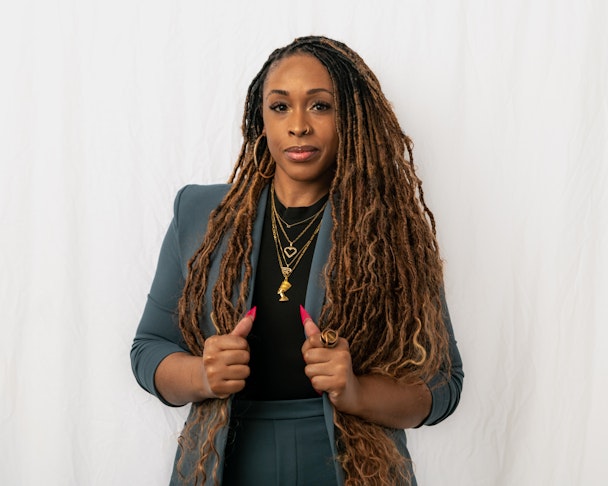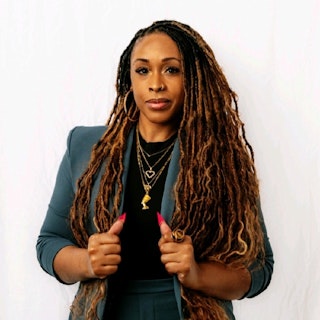What does a head of client inclusivity do all day? Digitas’s Danisha Lomax explains
As part of our series demystifying industry job titles, the executive vice-president and head of client inclusivity and impact at Digitas North America explains her role.

/ Digitas
My background is in digital media. For a lot of my career, I specifically focused on social. When I came to Digitas in 2018, I led its paid social practice for the West Coast of the United States; I became the national paid social lead and then national paid social lead and head of media for the West Coast. In that time, I began to think that Digitas really needed someone to help our clients be accountable for creating a marketing ecosystem that really prioritizes diverse consumers, diverse audiences and their needs.
Today, 1-2% of media investment goes to diverse-owned and targeted publishers. If people don’t know the publishers that are out there, how can they actually ensure that those publishers make it to plan?
Advertisement
We had a handful of clients that were actively activating in the diverse-owned, diverse-targeted space. It was great, but things started to dip a little bit. At the time, I was leading an ERG (employee resource group) for women of color in the workplace. I thought it would be great if we had a collective or center that helped clients who were just starting off or who may have just dipped their foot into investing in the diverse-owned/targeted space to do that more consistently.
In 2019, I started the Multicultural Center of Excellence. That’s now my team. There are about 26 people alongside me. The center helps standardize things like RFP consideration and marketplace consideration but also looks at research.
We came up with a concept called ‘Purposeful Listening,’ which takes into account social listening, social activity and social engagement and means we’re able to go to our clients and tell them what the opportunity is.
Advertisement
We have a rule that, at a minimum, 20% of our RFPs need to be going to diverse-owned and targeted publishers. That starts to build muscle memory around working with a given partner, knowing what they can do and whether we need to push them to do something different.
We’ve created a few solutions within the agency. There’s our DE&I blueprint, which is an assessment or audit, if you will, of a client’s diverse makeup across their media ecosystem and across creative. We’ll deliver a playbook that says: here’s where you are today, here’s what consumers are saying about your brand and here’s what the opportunity could be.
Take Sephora, one of our clients that has consistently said its goal is to be the most inclusive beauty retailer ever. That means constant recalibration of inclusivity and what it means, and not just in media.
A couple of years ago, Sephora had begun having conversations around bringing back Fashion Fair, one of the most well-known brands catering to women of color and women with melanated skin in the 70s. It came to us with a pretty open brief and we suggested taking it outside our standard media distribution and putting together a story that reaches historical audiences and new audiences.
That led to Beauty of Blackness, a documentary we did that was acquired by HBO Max. It was a beautiful display of what you can actually do when a brand is dedicated to having diversity at the forefront of its marketing story. It won a bunch of awards, including the Tribeca X Feature Film award; we found that 80% of the viewers that watched it were multicultural women and that there was a search spike happening after viewers watched the film.
Suggested newsletters for you
By 2040, the majority of US consumers will be multicultural – multiracial. If a brand wants to be at the forefront of growth, if it wants to reach Gen Z audiences, what does that mean for your marketing?
Recent headlines have created a bit of fear among certain clients and teams in the industry. But DE&I work has been happening for a long time. There are always ebbs and flows.
We’ve got to remind them what they, as brands, said and what they have started. We’ve got to remind them not to take their foot off the gas and we’ve got to do that in a way that reminds them it’s good for business.

